Short Throw and Long Throw Projectors are two distinct types of projectors that use different methods to display images. You may want to consider which type best suits your needs when selecting a projector for your home or business.
This article will discuss the differences between short and long-throw projectors, as well as their respective advantages and disadvantages. It will also look at which type of projector is best for different scenarios.
What Is a Projector Throw?
Projector throw is the distance between the projector and the image it projects. Projectors typically have two different types of throws: short-throw, which projects a larger image from a shorter distance, and long-throw, which requires a greater distance to project an image of equivalent size. The type of projector you need depends on your specific needs.
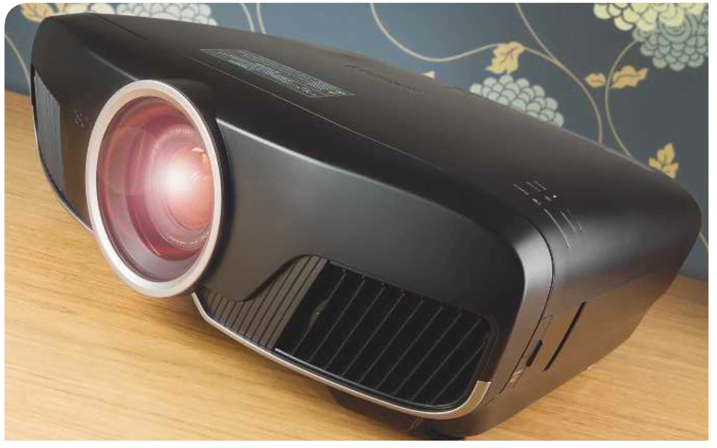
The projector throw is measured in either feet or meters. The throw ratio of a projector is the distance compared to the size of the projected image. For example, a short-throw projector with a 1:1 ratio projects an image that is one foot wide for every foot it’s away from the screen.
Long-throw projectors have more than a 1:1 ratio, so they need to be further away from the screen to project an equivalent-size image [1].
Types of throw
Short throw projectors
Short-throw projectors are designed to project images from close distances. Generally, these types of projectors allow for a minimum projection distance between 0.3 – 1.5 meters and have an image size range between 40-100 inches. This type of projector is perfect for small rooms or tight spaces where it may not be possible to put the projector far enough away from the projection surface due to space limitations.
Additionally, short-throw projectors can easily be used with interactive whiteboards as they require little setup and don’t need as much installation time or effort as long-throw projectors do.
Long Throw Projector
On the other hand, long throw projectors are designed to project images from larger distances (usually 3-30 meters). The size of the image they can produce depends on the model but usually ranges from 60-200 inches. These projectors are perfect for large rooms and places like auditoriums as they allow viewers to sit farther away from the projection surface while still seeing a clear image without distortion.
They also require more installation time and effort since they need to be mounted or placed further away from the projection surface.
Ultra-short throw projectors
Ultra-short-throw projectors are a special type of short-throw projector that can be placed extremely close to the projection surface. These types of projectors need to be placed less than 0.5 meters away from the projection surface and allow for image sizes ranging between 20-80 inches.
This makes them perfect for interactive whiteboards and other applications where you need to place the projector very close to the screen, such as in classrooms or conference rooms.
In conclusion, if you’re looking for a projector for your small or medium-sized space, then a short-throw projector is the way to go. If you have a larger room or venue such as an auditorium that needs to accommodate larger audiences, then a long-throw projector may be better suited for your needs.
Finally, if you need the projector to be placed extremely close to the projection surface, then an ultra-short-throw projector is a perfect choice. No matter which one you go with, understanding the differences between short-throw vs. long-throw projectors can help you make a more informed decision and give you a better viewing experience [2].
Pros and Cons of Short Throw Projectors
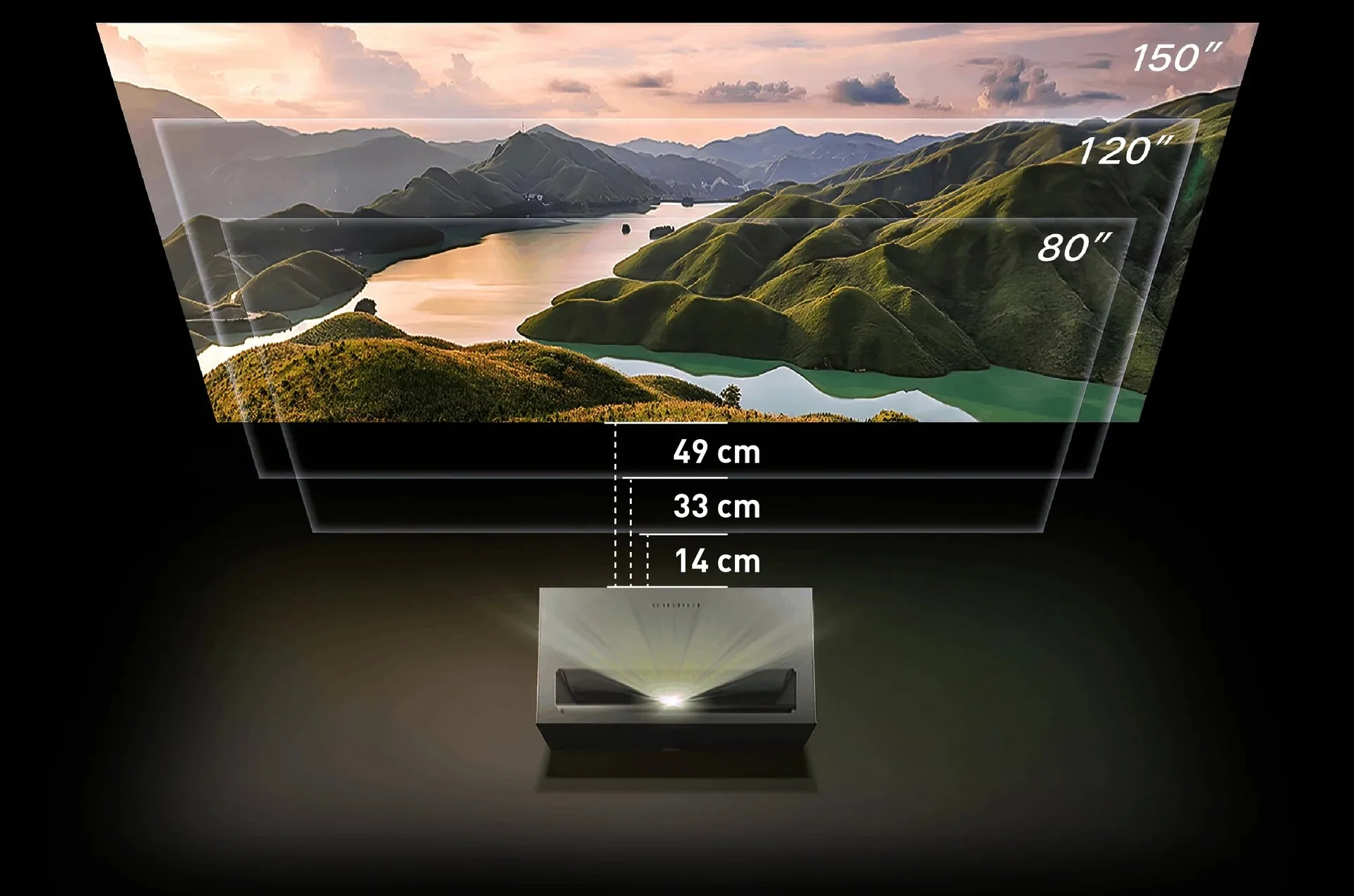
Short-throw projectors have several advantages over their long-throw counterparts. Since they are designed for close projection, they require less space, making them perfect for conference rooms or small spaces with limited projector distance available. They also produce brighter images and can be easily adjusted to fit the screen size without having to move the projector itself.
Finally, short-throw projectors eliminate the problem of shadows on the presentation material that can occur when using long-throw projectors. However, there are some drawbacks to using short-throw projectors as well. For one thing, they typically cost more than long-throw projectors due to their advanced technology and lens design.
Additionally, since they are designed for close projection, they may not be suitable for large venues or rooms with high ceilings where the projection distance and image size need to be increased.
Pros and Cons of Long Throw Projectors
Long-throw projectors have several advantages over short-throw models. They are typically cheaper, making them ideal for budget-conscious buyers. Additionally, they can usually be used in larger rooms and venues that require a longer throw distance to accommodate the size of the room and the projector’s output resolution.
Finally, because long-throw projectors are designed for greater distances, their images may appear sharper than those projected from a short-throw model at a closer distance. However, there are some drawbacks to using long-throw projectors as well.
The main disadvantage is that they often require more setup and adjustment to get the projected image properly aligned with the screen or wall. Additionally, they typically produce large amounts of heat, which can be uncomfortable if used in a smaller, enclosed space.
Short Throw vs. Long Throw Projector

Throw distance
Throw distance is a key factor when choosing the right projector for your needs. Short-throw and long-throw projectors have different strengths, so understanding the differences between them can help you decide which one to choose.
Short-throw projectors are designed to be used in smaller spaces, usually within six feet of the projection surface. They make it easy to set up without worrying about obstructing the image with furniture or other obstacles, and they provide a larger image size without having to move the projector further away from its intended target.
Installations
Long-throw projectors are designed for larger spaces, usually requiring a distance of 10-20 feet or more from the projection surface. This gives you more flexibility when it comes to installation options and can be a better choice in environments where there’s limited space near the wall or screen. Long-throw projectors also have a wider zoom range, allowing you to get an even bigger picture without having to move the projector further away from its intended target.
Screen size
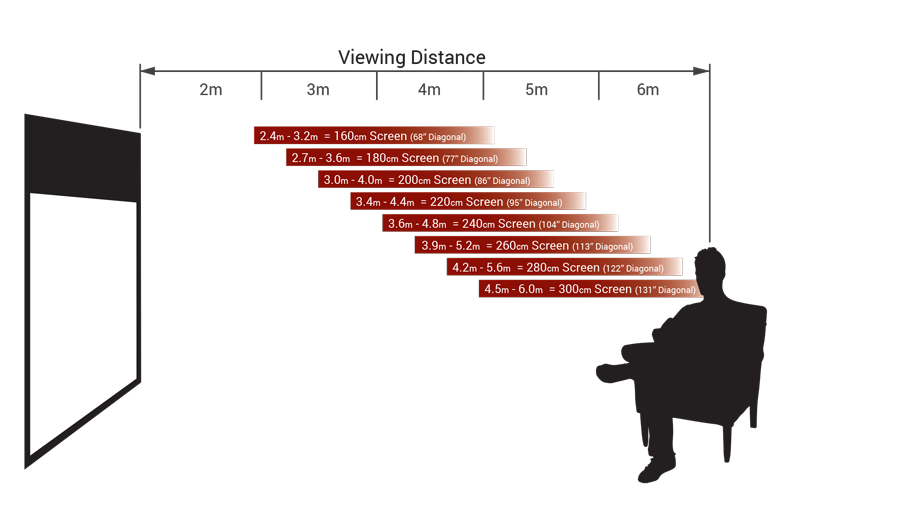
The size of the image that a projector is capable of producing depends largely on the throw distance. Short-throw projectors can produce larger images than long-throw projectors, as they don’t have to be placed as far away from their intended target. On the other hand, long-throw projectors can produce much smaller images because they need to be placed further away from their intended target to achieve a larger image size.
Brightness and quality
When choosing between short-throw and long-throw projectors, it’s also important to consider brightness and quality. Generally speaking, short-throw projectors are brighter than long-throw models at any given throw distance, but this isn’t always the case.
Additionally, short-throw projectors typically produce higher-quality images than long-throw models.
Lamp life
The life of a projector lamp is another consideration when deciding between short-throw and long-throw models. Since short-throw projectors tend to produce brighter images than long-throw projectors, they’re usually equipped with longer-lasting lamps. This means that you’ll be able to use your short-throw projector for longer before needing to replace the bulb.
Cost
Finally, the cost is another important factor when deciding between short-throw and long-throw projectors. Generally speaking, short-throw projectors tend to be more expensive than long-throw models because of their increased brightness and quality.
The long-throw projectors can cost anywhere from $200 to more than $2,000, depending on the features and specifications [3].
What is better for business: Short Throw or Long Throw Projector?
The answer to this question depends on what you are looking for in terms of projection and the type of business space you have. Short-throw projectors are great for smaller spaces and don’t require as much distance between the projector and screen, usually less than 10 feet. This makes them ideal for businesses that need to conserve space or have limited room for a projector setup.
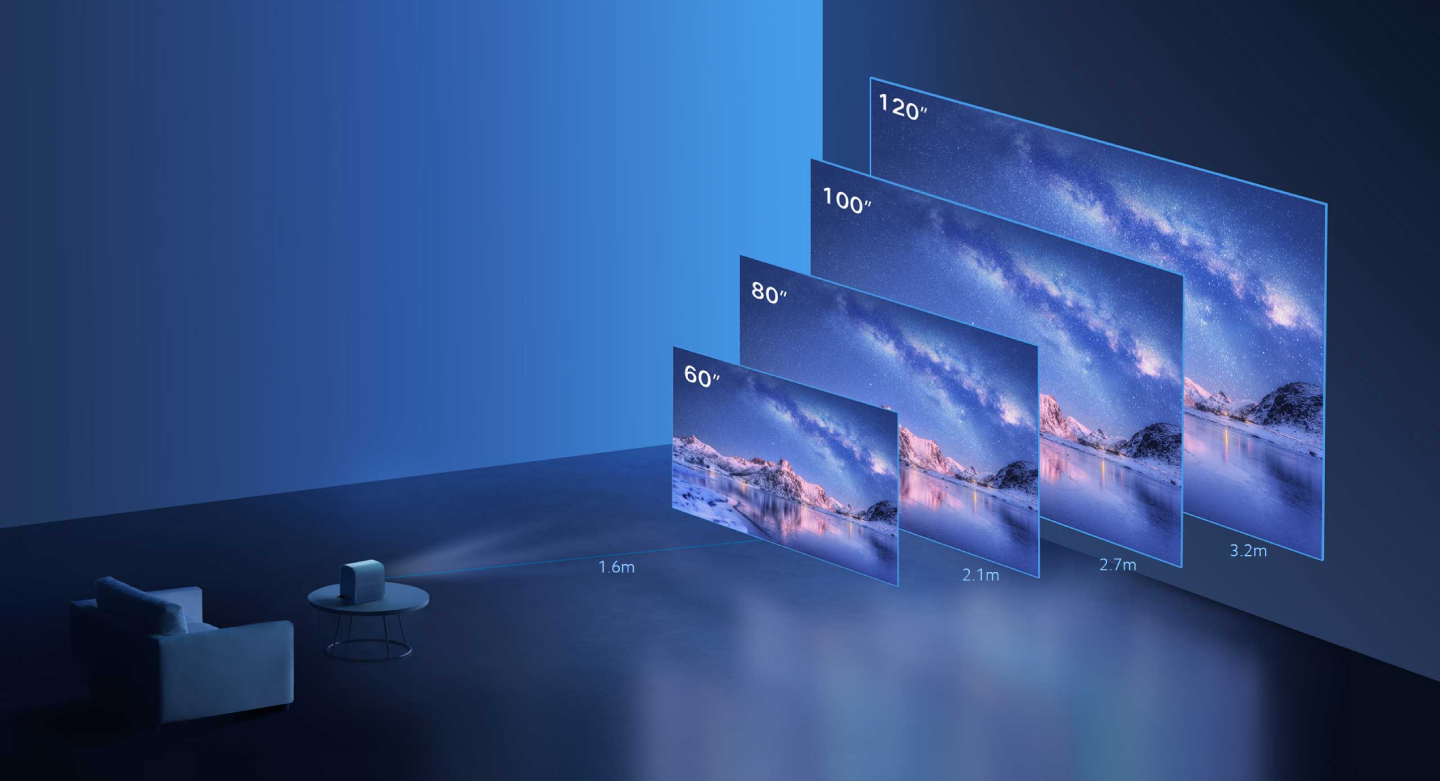
On the other hand, long throw projectors work best in larger spaces with greater distance between the projector and the screen – up to 30 feet away.
Long throw projectors offer higher brightness levels, enabling sharper image quality which can be important if your business requires large group presentations or lectures where it is necessary to display content clearly and accurately.
Ultimately, each business has its own unique needs, so it comes down to what will work best for your business. Consider the space available, how much light is in the room, and whether or not you need extra brightness from the projector before making a decision.
With this knowledge on hand, you should have no problem finding the ideal projector to meet your business’s requirements.
How to choose between Short-throw and Long throw projectors?
When considering the purchase of a projector, you may be deciding between a short-throw or long-throw model. Each has its own advantages and disadvantages that should be considered depending on your particular needs.
The main difference between short- and long-throw projectors is the distance from the screen/wall at which they can project an image. Short throw projectors have a throw ratio of 0.3:1 or less requiring them to be set up close to the projection surface for optimal performance. The further away from the wall, the lower quality of the image it will produce.
Conversely, long-throw projectors typically have longer throw ratios (anywhere from 1.5:1 to 6:1) and are designed for larger rooms, where they can be set up further away from the projection surface.
When choosing between short- and long-throw projectors, it is important to consider several factors, such as intended output size, room setup, desired brightness, and resolution of the image required.
For instance, if you plan on using a projector in a small space like an office or classroom, then a short throw projector may work better as it will allow you to maintain a shorter distance and still receive good-quality images.
Similarly, if you plan on filling a larger space with your projected images then a longer throw projector may be best suited for your needs. Also, take into account the available light in the room and what resolution you would like to achieve – certain models have higher resolutions which will provide you with a sharper image.
Considering all of these factors should help you make an informed decision between short- and long-throw projectors to best meet your needs. Both types are available in a variety of options, so do your research before purchasing and ensure that the projector you choose is suitable for your particular situation.
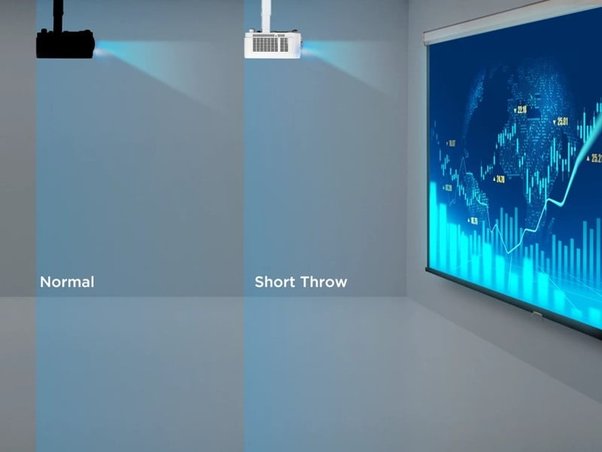
No matter what type you opt for, understanding the features, specs, and performance capabilities will ensure you select the right product for the job. With a better understanding of short-throw vs. long-throw projectors, you can now make an educated selection when choosing the projector that is best suited to your individual needs.
FAQ
Which is better, a short or long throw projector?
The answer to this question depends on the specific requirements of your space and desired use for the projector.
Generally, short-throw projectors are best for smaller spaces with limited projection distance, such as a classroom or small conference room. Long throw projectors are better suited for larger spaces or projection distances because they can be placed farther away from the screen while still producing a large clear image.
What kind of lens do I need?
Most short-throw projectors have an ultra-short throw (UST) lens, which is designed to focus light over a very short distance and produce an image that is larger than what would be possible with a standard long-throw projector lens.
Long-throw projectors typically rely on either manual zoom lenses or motorized zoom lenses to adjust the size of the image.
What kind of projector should I get?
Again, this depends on the specific requirements of your space and desired use for the projector. If your space and budget permit, you may want to purchase a short-throw projector as these typically offer more flexibility in terms of placement options and can produce a larger image than long-throw projectors.
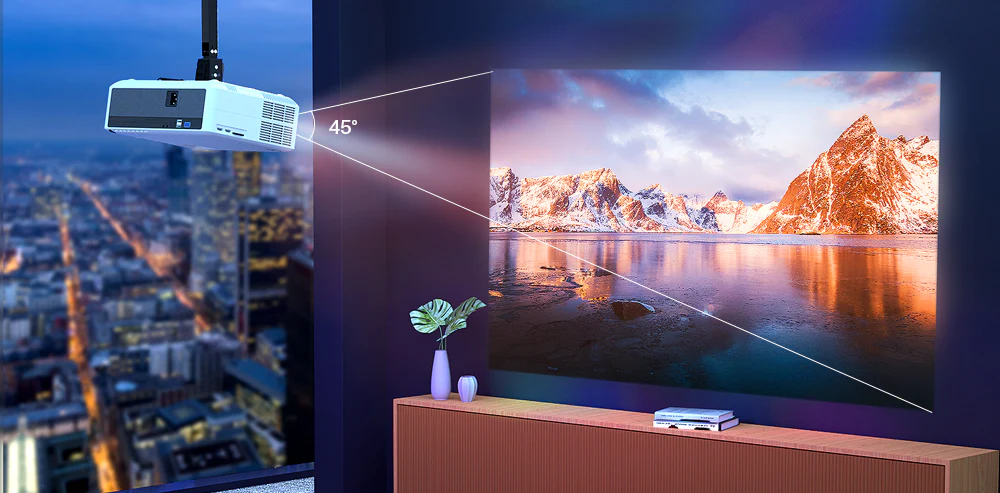
However, if you have a large space or need to project from further away, then a long-throw projector may be better suited for your needs. Ultimately, it is important to consider all aspects before making your choice to find the best solution for your situation.
Do short-throw projectors come with built-in speakers?
Yes, many short-throw projectors do come with built-in speakers. This can be a great feature as it allows you to enjoy your presentations or movies without the need for external sound equipment. However, if you need higher-quality audio, then an external speaker system will still be required.
Are there any special considerations when mounting a long-throw projector?
When mounting a long-throw projector, it is important to ensure that the lens is placed at least 6 feet (1.8 meters) from the screen to avoid distortions and achieve optimal image quality. Additionally, care should be taken to ensure that the projector does not overheat by providing adequate ventilation for air circulation.
Finally, it is recommended that you use a ceiling mount or specialty bracket designed for long-throw projectors to ensure that the device remains secure and properly supported.
What if I have limited space?
If you have a limited amount of space, then a short-throw projector may be your best option as it can typically produce an image up to 8 feet (2.4 meters) away from the screen in relatively small spaces. However, if you need to project from further away or require a larger image size, then a long-throw projector may be necessary. Be sure to include all these factors when you are choosing the right projector for your needs.
What other features should I look for in a projector?
When selecting any type of projector, there are a few features you should keep in mind. Look for models with good brightness and contrast levels to ensure the best image quality, as well as those with adjustable keystone correction so that you can easily adjust the image alignment if needed. Additionally, consider looking for projectors with built-in wireless capabilities or integrated speakers if these are important to you. Finally, it is always wise to make sure your chosen projector has a warranty in case of any technical issues.
Do I need an external screen?
No, most short-throw and long-throw projectors come with the capability to display images directly onto walls or other surfaces without needing an external screen. However, it is still recommended that you use a dedicated projection screen whenever possible since this will provide the best image quality.
Additionally, using a screen can help reduce glare and improve overall visibility. Overall, short-throw vs long-throw projectors is something that you should consider when you’re deciding which projector is right for your needs. Short-throw models are more flexible in terms of placement options and can produce larger images than their long-throw counterparts. On the other hand, if you need to project from further away or require a large image size, then a long-throw projector may be necessary.
Is a short throw better than a long throw?
The answer to this question depends largely on your needs and the size of the space you are using. Generally speaking, short-throw projectors are more flexible in terms of placement options and can produce a larger image than long-throw projectors.
However, if you have a large room or need to project from further away, then a long-throw projector may be better suited for your needs. Ultimately, it is important to consider all aspects before making your choice to determine which projector will work best for your situation.
What is the advantage of a short throw projector?
The main advantage of a short-throw projector is that it can produce a larger image than its long-throw counterpart while requiring less space. Additionally, short-throw projectors are more flexible in terms of placement options, allowing you to mount them closer to the wall or ceiling to maximize space.
Finally, some short-throw projectors even offer built-in speakers or wireless capabilities for improved audio and convenience. Overall, if you have limited space but need a large image size, then a short-throw projector may be the ideal choice for your situation.
However, if you need to project from further away or require an extremely large image size, then a long-throw projector may be better suited for your needs.
Are short throw projectors good for movies?
Yes, short-throw projectors can be a good option for movies as they provide excellent image quality and clarity while also allowing you to place the projector closer to the wall or ceiling. Additionally, some short-throw models offer built-in speakers or wireless capabilities for improved audio. However, if you’re looking for an even larger image size or need to project from further away, then a long-throw projector may be better suited for your needs.
When should I buy a long throw projector?
A long-throw projector is best suited for those who need to project from further away or require an extremely large image size. Additionally, if you have a larger room or need greater flexibility in terms of placement options, then a long-throw projector can provide the necessary range and image quality.
However, if you have limited space but still need a large image size, then a short-throw projector may be the ideal choice for your situation. Ultimately, it is important to consider all aspects before making your decision to determine which type of projector is right for your needs.
Do short-throw projectors have better picture quality?
Generally speaking, short-throw projectors can offer excellent image quality and clarity. However, the picture quality will depend largely on the specific model you choose as well as the distance from which it is projected.
Additionally, using a dedicated projection screen can help reduce glare and improve overall visibility.
Ultimately, if you need a large image size with excellent picture quality, then a short-throw projector may be the right choice for your situation.
However, if you require a greater range or an extremely large image size, then a long-throw projector may be better suited for your needs.
What are the disadvantages of short throw projectors?
The main disadvantage of short-throw projectors is that they cannot project from as far away as long-throw models. Additionally, some short-throw projectors may be more expensive than their long-throw counterparts.
Finally, if you are using a large room or need to achieve an extremely large image size, then a long-throw projector may be preferable for your situation. Ultimately, it is important to consider all aspects before making your choice to determine which type of projector works best for your needs.
What is the advantage of a long throw projector?
The main advantage of a long-throw projector is that it can project from further away, which gives you more flexibility in terms of placement options. Additionally, some long-throw models may offer higher brightness levels or superior image quality than short-throw projectors.
Finally, if you need an extremely large image size or have a larger room, then a long-throw projector may be the ideal choice for your situation. However, if you have limited space but still need a large image size, then a short-throw projector may be preferable for your needs.
Why are short-throw projectors more expensive?
Short-throw projectors are often more expensive than long-throw models due to their limited range and the additional components that are required to achieve the desired image size.
Additionally, some short-throw projectors may offer features that are not available on long-throw models such as built-in speakers or wireless capabilities, which can add to the cost. Ultimately, it is important to consider all aspects before making your decision so you can determine which type of projector is right for your needs.
Overall, both short-throw and long-throw projectors have their own advantages and disadvantages depending on the user’s needs and situation.
Useful Video: Short throw vs Long throw Projector | How to Choose a Projector | TechCanvas
Conclusion Paragraph
Short Throw or Long Throw Projector? The choice is yours. When choosing the right projector for your needs, you should consider how long it will take to set up and tear down, how large a picture you need, and how bright the projector needs to be. Short Throw projectors are great for smaller rooms with limited space, while Long Throw projectors provide more flexibility in terms of size and distance from the screen.
However, both types of projectors offer excellent-quality images that are sure to impress any audience. Whichever type of projector you choose, it’s important to understand the differences between them before making your decision.
References
- https://epson.com/projector-guide-how-to-buy-a-projector-throw-distance-and-positioning
- https://elitescreens.com/2017/11/the-difference-between-standard-short-throw-and-ust-projectors/
- https://thehometheaterdiy.com/short-throw-vs-long-throw-projectors/

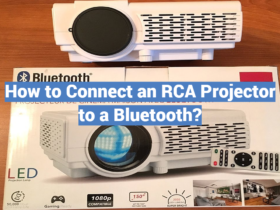
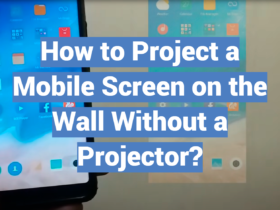

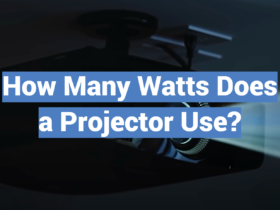


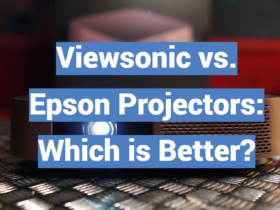
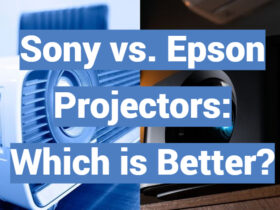
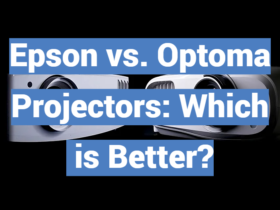
Leave a Review